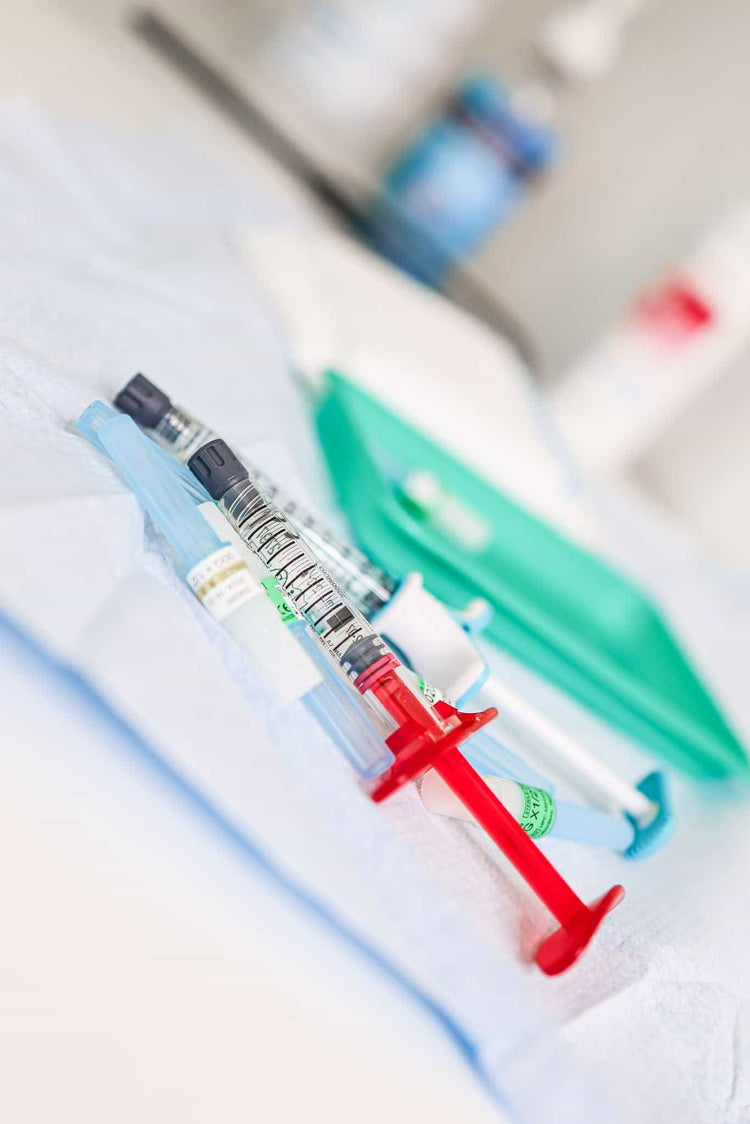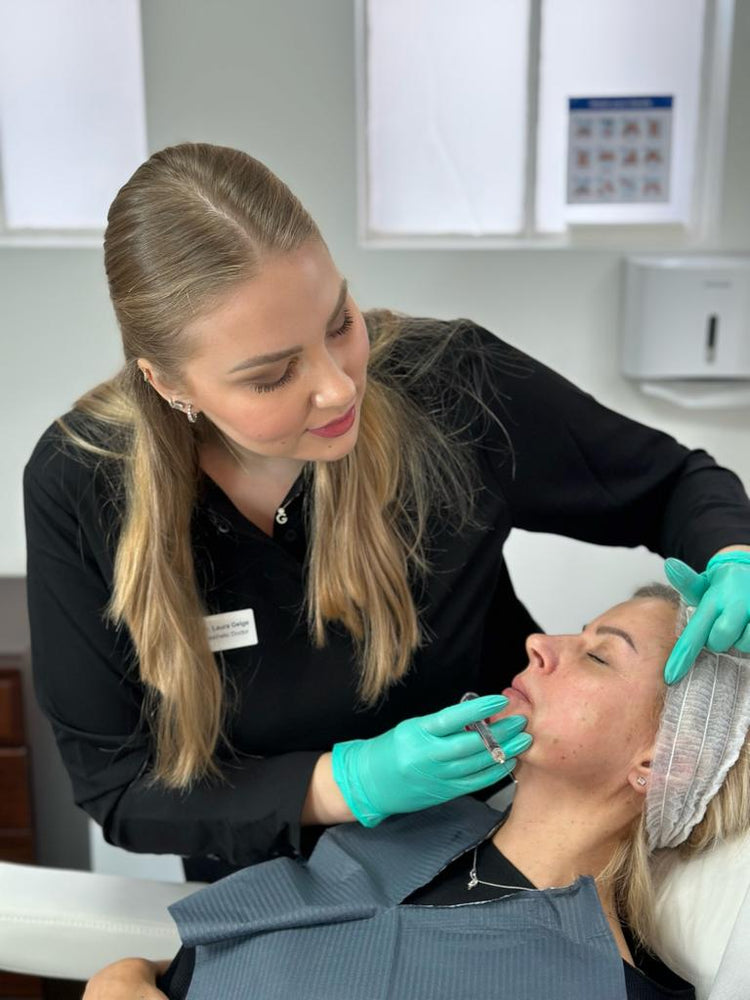Safety Considerations of Hyaluronic Acid Fillers
Hyaluronic acid fillers have become a popular choice for addressing facial wrinkles and creases, including marionette lines. Their safety profile stems from several key factors. Hyaluronic acid is a naturally occurring substance in the body, playing a crucial role in skin hydration and elasticity.
Approved Ingredients
Hyaluronic acid fillers are biocompatible, meaning they are well-tolerated by the body and less likely to cause adverse reactions compared to other filler materials.
Furthermore, hyaluronic acid is biodegradable, breaking down naturally over time. This characteristic reduces the risk of permanent complications or the need for surgical removal.
Approved hyaluronic acid fillers undergo rigorous testing and regulatory scrutiny to ensure their safety and efficacy. Regulatory bodies like Health Canada rigorously evaluate these products before granting approval for use in cosmetic procedures.
Sterile Procedures
Safety during hyaluronic acid filler injections hinges on adhering to strict sterile procedures.
This begins with the practitioner’s qualifications and experience, ensuring they are trained in advanced injection techniques and understand potential complications.

The clinic environment must be meticulously clean, using sterilized instruments, needles, and pre-filled syringes to minimize the risk of infection.
Aftercare instructions provided by the clinician are vital for optimal healing and minimizing the likelihood of bruising, swelling, or infection.
Trained Professionals
Hyaluronic acid fillers have gained popularity for addressing facial wrinkles, including marionette lines. Their safety stems from their biocompatible nature, meaning they are well-tolerated by the body. Hyaluronic acid is a naturally occurring substance in our bodies, playing a key role in skin hydration and elasticity.
These fillers are also biodegradable, breaking down naturally over time, reducing the risk of permanent complications or the need for surgical removal.
To ensure safety, hyaluronic acid fillers undergo rigorous testing and regulatory scrutiny by organizations like Health Canada before being approved for cosmetic use.
Ultimately, patient safety during filler injections depends on several factors. These include the practitioner’s qualifications and experience in advanced injection techniques, their understanding of potential complications, and strict adherence to sterile procedures.
The clinic environment must prioritize cleanliness, utilizing sterilized instruments, needles, and pre-filled syringes to minimize infection risks.
Following the clinician’s post-treatment instructions is crucial for optimal healing, minimizing bruising, swelling, or infections.
Hyaluronic Acid’s Properties for Marionette Lines
Hyaluronic acid has become a popular choice for smoothing marionette lines due to its unique properties. It’s naturally found in the body, where it helps maintain skin hydration and elasticity. As a biocompatible substance, hyaluronic acid is well-tolerated by the body, minimizing the risk of adverse reactions. Furthermore, its biodegradable nature means it gradually breaks down over time, eliminating concerns about permanent results or the need for surgical removal.
Plumping Effect
Hyaluronic acid’s effectiveness in plumping marionette lines lies in its ability to attract and retain water molecules. This property creates a volumizing effect, smoothing out the creases and restoring a more youthful appearance.

The gel-like consistency of hyaluronic acid fillers allows them to effectively fill in the indented areas beneath the mouth, minimizing their visibility and creating a smoother transition between the lip and chin.
Hydration Benefits
Hyaluronic acid’s unique properties make it an ideal solution for addressing marionette lines. As a natural component of skin, hyaluronic acid plays a vital role in retaining moisture, keeping the skin hydrated and plump.
When injected into marionette lines, hyaluronic acid effectively plumps up the sunken areas beneath the mouth. Its gel-like consistency allows it to smoothly fill in these creases, minimizing their appearance and restoring a smoother contour.
Biocompatibility
Hyaluronic acid is naturally found in the body, playing a crucial role in skin hydration and elasticity. This makes it biocompatible, meaning it is well-tolerated by the body and less likely to cause adverse reactions compared to other filler materials.
The gel-like consistency of hyaluronic acid allows it to effectively fill in wrinkles and creases, including marionette lines.
Hyaluronic acid is biodegradable, breaking down naturally over time. This eliminates the concern of permanent results or the need for surgical removal.
Duration and Longevity of Results
The duration and longevity of hyaluronic acid filler results vary depending on individual factors such as skin type, metabolism, and lifestyle. Generally, hyaluronic acid fillers can last anywhere from six months to two years.
Gradual Breakdown
Hyaluronic acid fillers gradually break down over time through the body’s natural enzymatic processes. This means that their effects are not permanent but rather provide a temporary enhancement that fades gradually.
The exact duration of results can vary significantly based on individual factors. These include skin type, metabolism, and lifestyle choices such as sun exposure and smoking habits.
Typically, hyaluronic acid fillers last anywhere from six months to two years before needing a repeat treatment to maintain the desired results.
Touch-Up Treatments
Hyaluronic acid fillers gradually break down over time through the body’s natural enzymatic processes. This means that their effects are not permanent but rather provide a temporary enhancement that fades gradually.
- The exact duration of results can vary significantly based on individual factors.
- These include skin type, metabolism, and lifestyle choices such as sun exposure and smoking habits.
- Typically, hyaluronic acid fillers last anywhere from six months to two years before needing a repeat treatment to maintain the desired results.
Potential Risks and Side Effects
While hyaluronic acid fillers are generally considered safe for treating marionette lines, it is essential to be aware of potential risks and side effects.
Mild Reactions
Potential side effects may include mild reactions such as redness, swelling, bruising, or itching at the injection site. These typically subside within a few days.
More serious but less common side effects can occur, including infection, allergic reaction, or asymmetry. It’s crucial to choose a qualified and experienced practitioner who adheres to strict sterile techniques to minimize these risks.
It’s important to discuss your medical history, any allergies you have, and medications you are taking with your practitioner before undergoing treatment.
Allergic Responses
While hyaluronic acid fillers are generally considered safe for treating marionette lines, it is essential to be aware of potential risks and side effects.
Potential side effects may include mild reactions such as redness, swelling, bruising, or itching at the injection site. These typically subside within a few days.
More serious but less common side effects can occur, including infection, allergic reaction, or asymmetry. It’s crucial to choose a qualified and experienced practitioner who adheres to strict sterile techniques to minimize these risks.
It’s important to discuss your medical history, any allergies you have, and medications you are taking with your practitioner before undergoing treatment.
Allergic reactions to hyaluronic acid are rare but can occur. Symptoms may include hives, itching, swelling of the face or throat, difficulty breathing, or a drop in blood pressure. If you experience any of these symptoms after treatment, seek immediate medical attention.
Infection Risks
While hyaluronic acid fillers are generally considered safe for treating marionette lines, it is essential to be aware of potential risks and side effects.
Potential side effects may include mild reactions such as redness, swelling, bruising, or itching at the injection site. These typically subside within a few days.
More serious but less common side effects can occur, including infection, allergic reaction, or asymmetry. It’s crucial to choose a qualified and experienced practitioner who adheres to strict sterile techniques to minimize these risks.
It’s important to discuss your medical history, any allergies you have, and medications you are taking with your practitioner before undergoing treatment.
- Cosmelan Depigmentation Peel: Treating Skin Pigmentation From Environmental Exposure In The UK - June 26, 2025
- When Is Lip Filler Swelling The Worst - June 25, 2025
- Cosmelan Depigmentation Peel Near Kenley, Surrey - June 23, 2025
